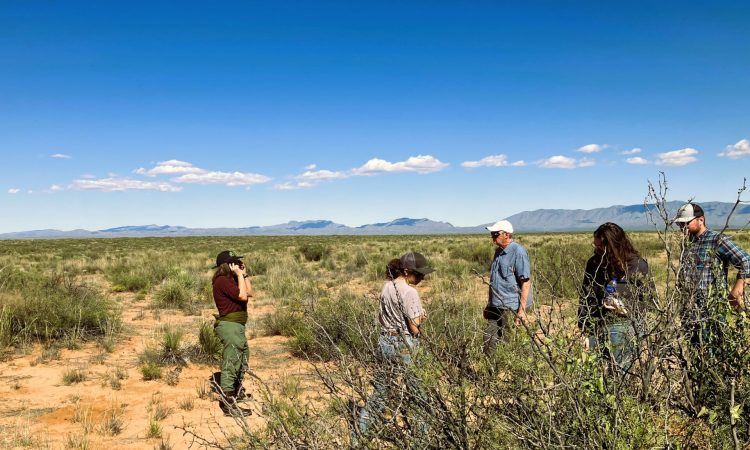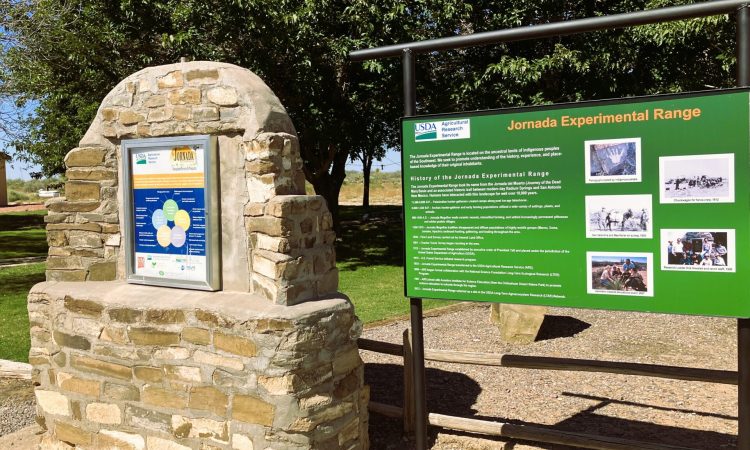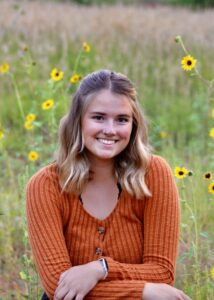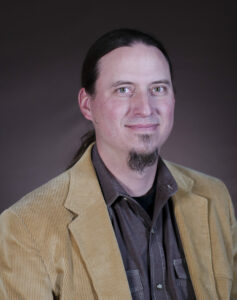

Dr. John Ritten, a new CSU Professor and recent AgNext hire, recently traveled to Las Cruces, New Mexico to attend the newly established Multi-State Research Group Meeting, with the site visit hosted by the USDA Agricultural Research Services (ARS). “We’re focused on rangeland economics, social science, natural resource management, grazing models, energy development, and recreation,” Dr. Ritten said.
The team met at New Mexico State University (NMSU) to collaborate with academia from other western/midwestern Land-Grant universities including the University of Idaho, Texas A&M University, Utah State University, the University of Wyoming, and the University of Nevada.
“The Multi-State research groups are administered by the Agricultural Experiment Stations within the Colleges of Agriculture in each state. Every year, we have a meeting where we try to coordinate large grant proposals and look at writing manuscripts together. It’s a formal meeting sponsored by USDA. It’s really a way to get people from different disciplines who live in different areas of the country to work together on bigger problems,” Dr. Ritten said.
Ritten shared that one of the big topics of discussion was the Sustainable Southwest Beef Project, located at the USDA ARS/NMSU Jornada site, which leads research in Precision Ranching Technology within the semi-arid management sector. The Sustainable Southwest Beef Project is currently focused on integrating precision ranching technology with a breed of heritage cattle called Raramuri Criollo. The project engages ranchers, educators, and students in collaborative research and Extension to develop a decision support dashboard and train the next generation of researchers and producers. You can find more information on project’s website here.
“USDA-ARS brought these cattle into the United States about seventeen years ago from the Copper Canyon in Mexico, where they spent the last 500 years adapting to the harsh conditions of the Chihuahuan Desert,” Ritten said. “They’re using GPS technology on cows to track where they’ve been. Eventually, they plan to use virtual fencing to figure out how to make it work from a management standpoint.”
Ritten explained how scientists within the Sustainable Southwest Beef Project are working with similar goals as the AgNext collaborative in terms of testing measures that could have a positive impact on sustainability in the agricultural sector.
“The team is trying to figure out if differences in breed genetics behave differently on the landscape. They want to see if the Criollo out-perform traditional rangeland cattle as far as weight gain. They are also testing if the Criollo breed is better able to find food sources without overgrazing certain areas.” Ritten said. “Additionally, the team is looking at the Jornada site’s ecological condition, including forage composition changes, utilization rates, and issues with sediment transfer. They are also contextualizing their ranch-level work in studies on the viability of supply chain options and working closely with producers.”
The Jornada team is testing cell phone fence tracking, which involves placing collars on the livestock in order to monitor the movement, the time spent in each location, as well as the resources available in various locations within the grazelands.
Comparatively, AgNext tracks methane emissions from cattle in order to measure how nutritional factors can impact overall methane output per animal. Dr. Ritten explained how the Sustainable Southwest Beef Project’s findings could initiate collaboration with AgNext in order to combine resources and produce more accurate findings that can be extrapolated to more stakeholders.
“A lot of their work overlaps with what we do at AgNext,” Ritten said. “I think there is something that AgNext can contribute towards their project because we have mountainous topography just to the west of us.” Ritten further explained how both collaboratives’ measurement technologies could be impacted by rough terrain, like Colorado’s.
“In the southern parts of New Mexico, the topography is pretty mellow. One of the bigger challenges for us is figuring out how cellular tracking is going to work in the mountainous regions of Colorado. Does it need to have a direct signal? How often are we going to have to download the new boundaries?” Ritten asks. “That’s why I think we can really complement their work. We have the tools here now that we can start to answer these questions,” Ritten said.
Since his arrival at AgNext, Dr. Ritten has hit the ground running and begun engaging with regional outreach around grazing. AgNext is excited to connect with more academic research groups and collaboratives like the Sustainable Southwest Beef Project. As sustainability becomes even more important in the agricultural sector, we hope to connect both academia and industry in a meaningful and informative way.

Rebecca Crook
Communications Intern

John Ritten, Ph.D.
Agricultural Economist and Extension Specialist
